Recently, dozens of biodegradable capsules were dropped from the air into the forests of Hawaii (USA). Each capsule contained about 1,000 mosquitoes.
But these are no ordinary mosquitoes, but male mosquitoes bred in the lab, which do not bite humans and carry a type of bacteria that prevents eggs from hatching when mated with wild female mosquitoes.
Experts are pinning their hopes on these special mosquitoes to help control invasive mosquito populations that spread bird malaria, a disease that is destroying rare native birds like the honeycreeper on the islands.
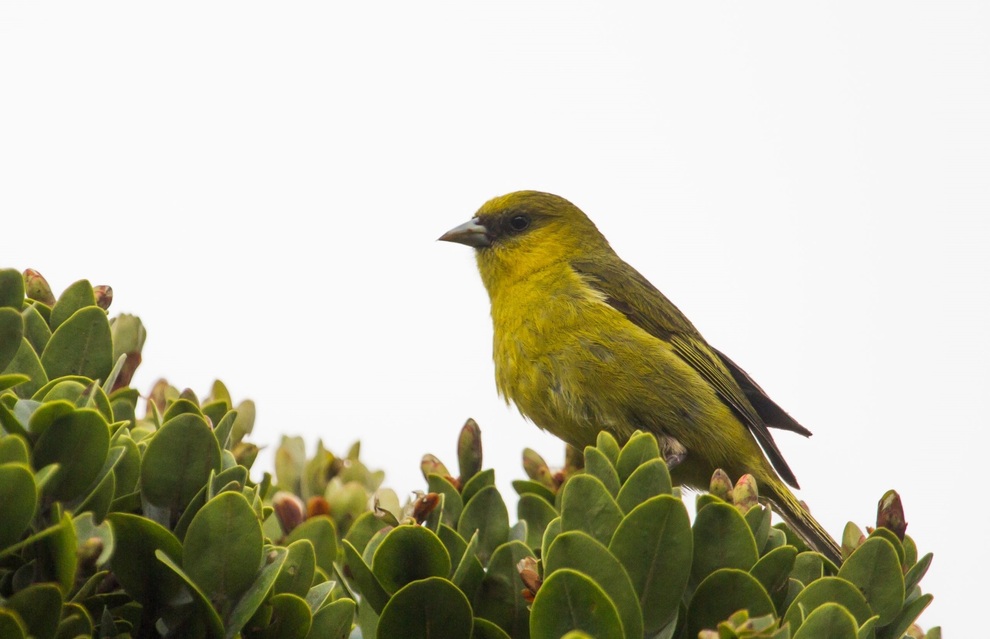
Native Hawaiian birds play an important role in the ecosystem. They act as pollinators and seed dispersers and have special value in traditional Hawaiian culture.
However, they are facing a serious risk of extinction. There were once more than 50 species of honeycreepers recorded in Hawaii, but today only 17 remain. Most are listed as critically endangered.
Last year, the akikikee, a small grey bird, became extinct in the wild. There are now fewer than 100 akekees left.
The cause is not just urban development and deforestation. The biggest threat, according to Dr. Chris Farmer, Hawaii Program Director for the American Bird Conservancy (ABC), is bird malaria, which is transmitted by mosquitoes. This mosquito is not native to Hawaii, but is believed to have been accidentally introduced in 1826 by whaling ships.
“They have caused mass extinctions. Many birds like the honeycreeper have no immunity to this disease,” said Dr. Farmer.
Mosquitoes thrive in lowland tropical areas, so surviving birds have sought refuge in high mountain areas like Maui and Kauai. But that is changing.
“Climate change is causing temperatures to rise. We’re seeing mosquitoes moving up the mountains. On Kauai, we’re seeing bird populations decline to the point of collapse. If we don’t break that cycle, we’re going to lose the honeycreeper entirely,” Dr. Farmer warned.
Millions of mosquitoes released from helicopters and drones
Conservationists have struggled to control mosquitoes, but it’s not easy. Large-scale pesticide use can harm important native insects like damselflies and fruit flies.
By 2022, the team will begin breeding millions of bacteria-carrying mosquitoes in a lab in California. In 2023, the mosquitoes will be released into the environment in Maui.
Releasing millions of mosquitoes from above into the forest, saving rare birds from disappearing ( Video source: CNN).
The method is now being expanded to Kauai at a rate of one million per week (500,000 per island), released from helicopters and drones.
“We estimate the wild mosquito population and release about 10 times the number of males to increase mating and suppress fertility,” Dr. Farmer explained.
He said it was the first time in the world that the technique had been used for conservation purposes, rather than just to control human disease. However, he noted that unlike Hawaii, where mosquitoes are invasive, in places where mosquitoes are native, the method could have unintended ecological impacts.
After months of testing, since June this year, specialized drones have been dropping mosquitoes into forests in Hawaii with high precision.

Dr Farmer predicts it will take about a year to know whether the technique will work, but he hopes it will buy time for the birds to recover.
“If we delay for just a few more years, the window of opportunity will narrow very quickly,” said Dr. Christopher Kyriazis, lead author of the study.
If mosquito populations are kept under control, native birds will have time to recover, expand their genetic diversity, and perhaps even evolve disease resistance. Some positive signs have emerged with the amakihi on the island of Hawaii.
Source: https://dantri.com.vn/du-lich/tha-hang-trieu-con-muoi-tu-tren-cao-xuong-rung-cuu-chim-quy-hiem-bien-mat-20250804155410570.htm






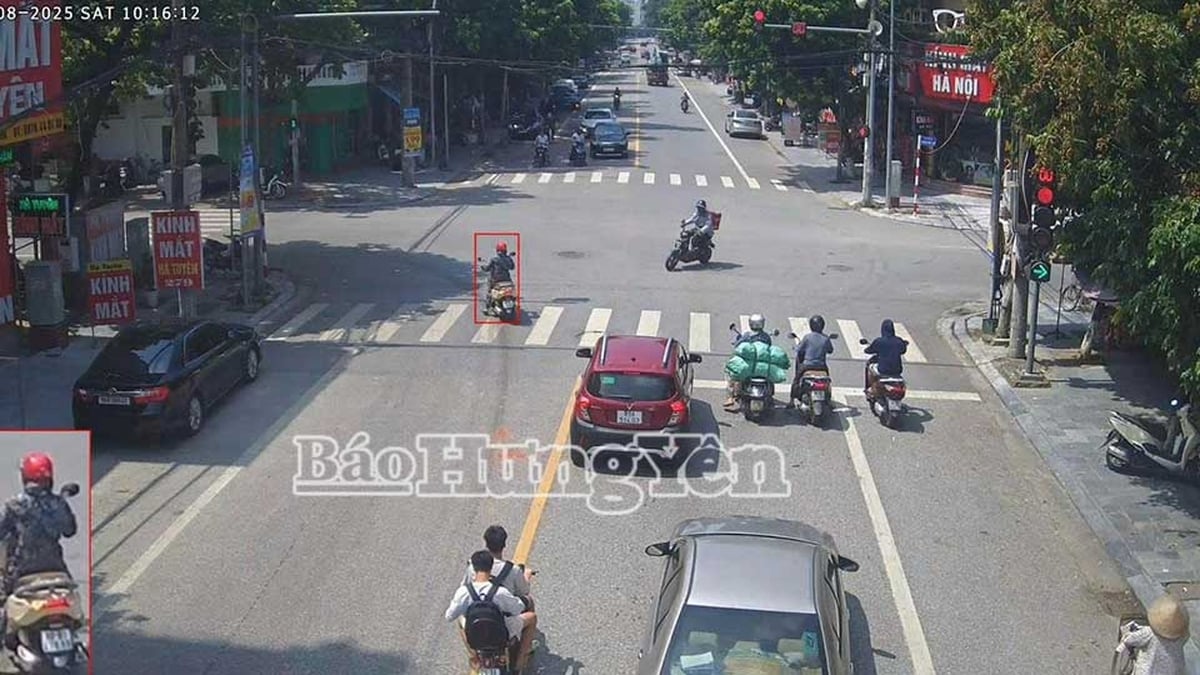
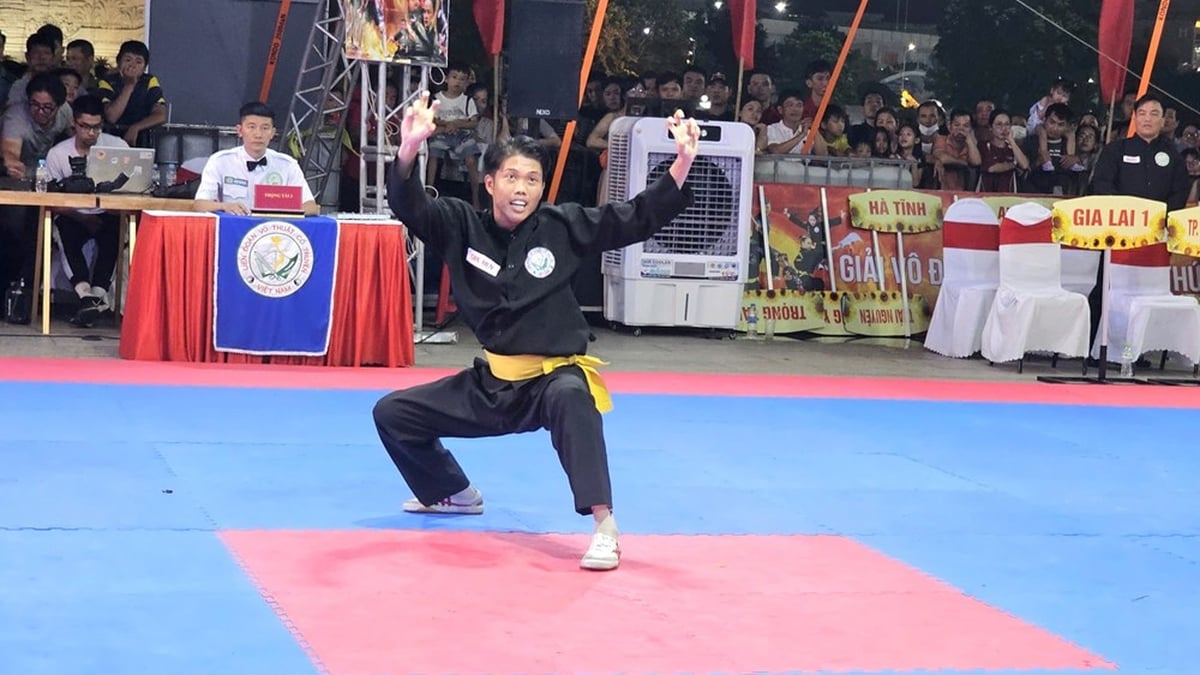

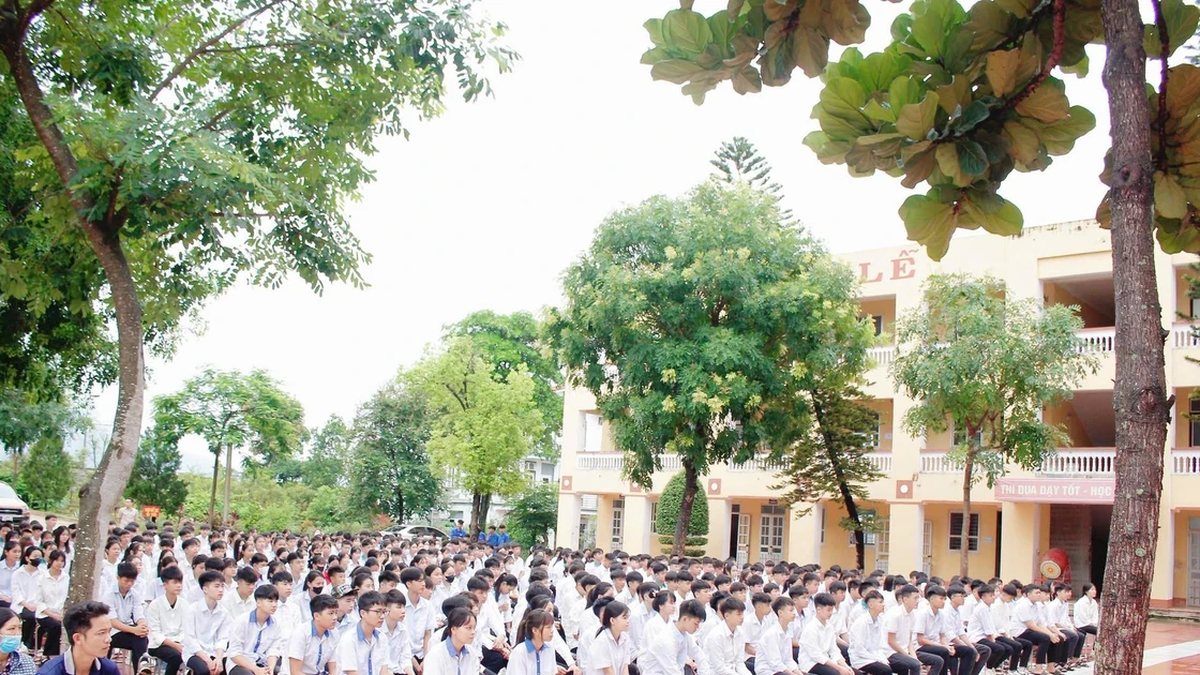
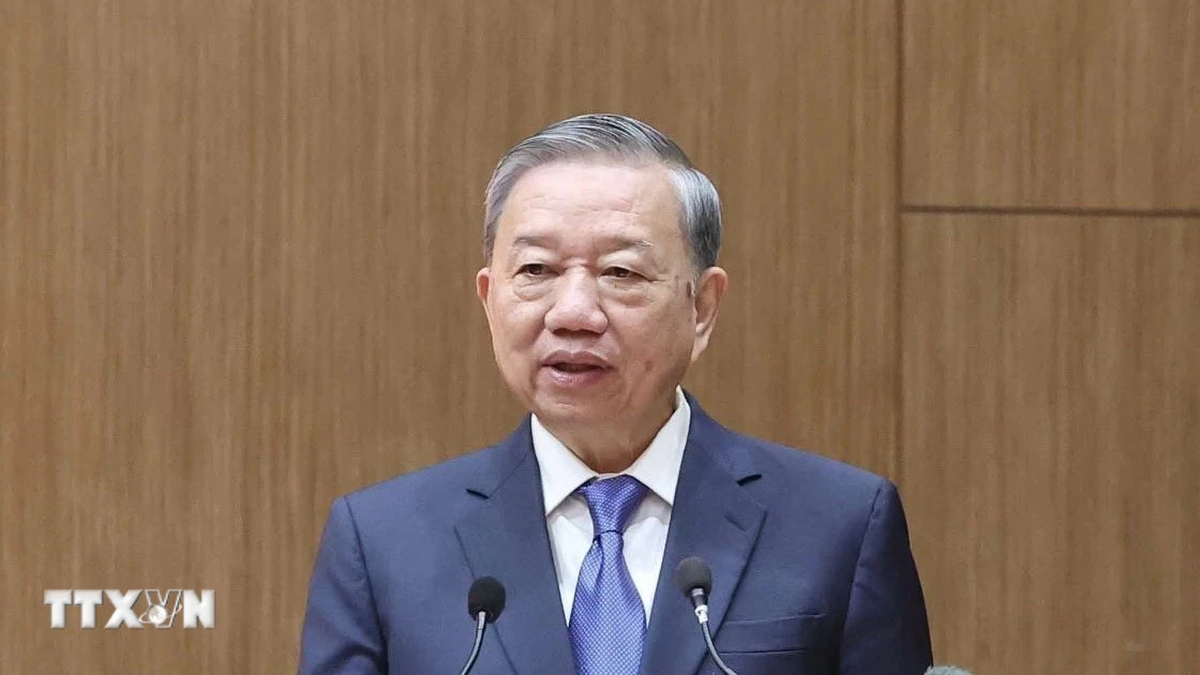











































![[Maritime News] Two Evergreen ships in a row: More than 50 containers fell into the sea](https://vphoto.vietnam.vn/thumb/402x226/vietnam/resource/IMAGE/2025/8/4/7c4aab5ced9d4b0e893092ffc2be8327)










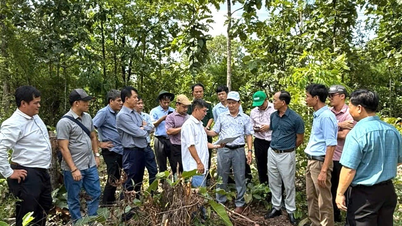

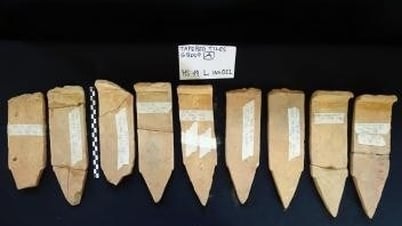

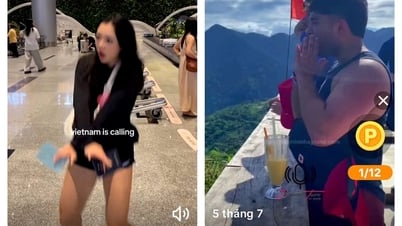



























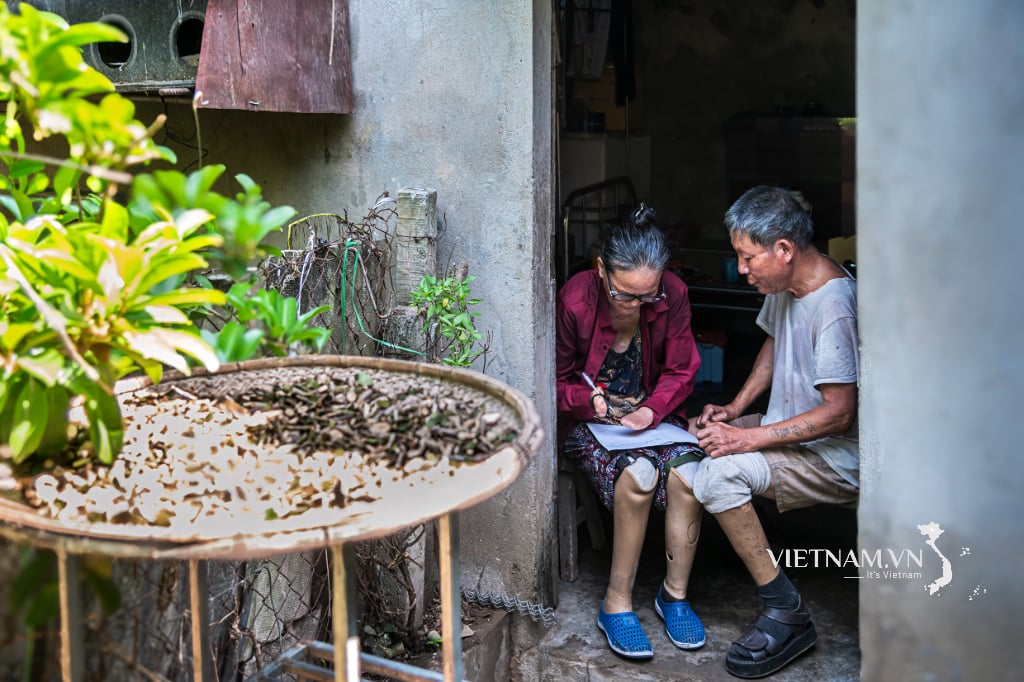

Comment (0)